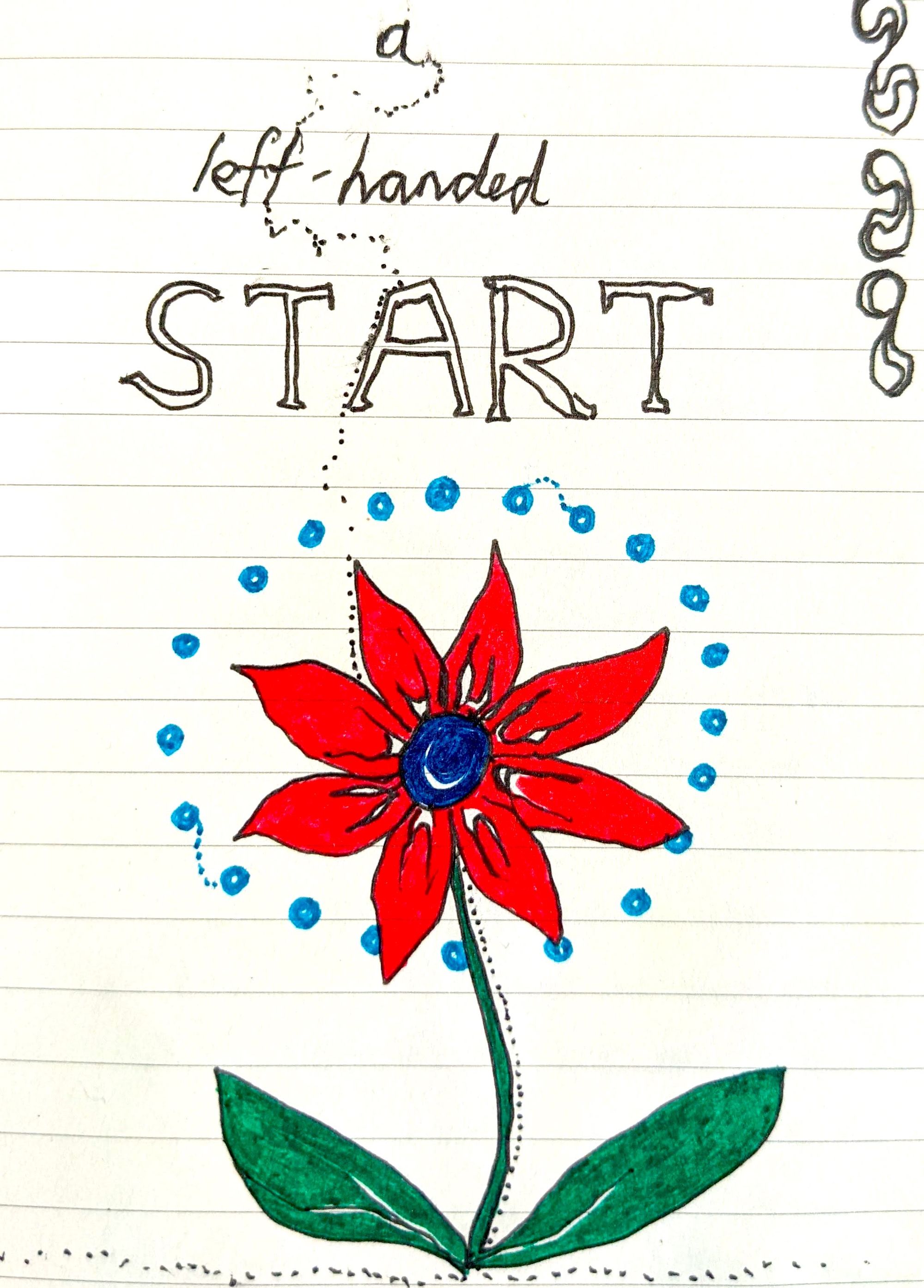#40 🐁 A catalogue of garbled moments does not make a JOURNAL 🚬

King of the journal
David Sedaris is king of the journal. I’ve just finished his 1977–2002 journal collection Theft by Finding and am partway through A Carnival of Snackery, which chronicles 2003–2020. I’m a long-time fan of Sedaris, but initially I didn’t see the appeal in reading his journals. When Theft by Finding came out I flicked through a couple of entries in the bookshop, didn’t find them compelling, and assumed that the book was merely a scraggly collection of unstructured moments without a narrative thread.
I was wrong to have judged an entire book on two randomly selected paragraphs.
I had assumed that a journal collection was doomed to be inherently boring: a mere catalogue of the minutiae of ordinary days – cathartic for the author at the moment of writing, but of little value beyond that. But this is the journal collection of David Sedaris, and his days, his observations, accounts of the people he encounters – these are anything but ordinary.
Sedaris is a master observer: always looking, always listening. Always with that notebook in his pocket. I’d like to know how much he actually writes down in the moment versus what he notes down later. Does he have some kind of megamemory? Or does he embellish? Certainly some editing does occur when stories progress from raw diary entry to published story, as is to be expected. Sedaris notes in Carnival of Snackery (March 14, 2009) that he has been asked to rein in minor details by fact checkers from the New Yorker. But the stories are so great it hardly matters if they faithfully represent what happened exactly – and Sedaris doesn’t claim that they necessarily do.
What’s remarkable about Sedaris’ collection is that most of his journal entries can stand alone as entertaining tales. He is the character – and a fascinating one – that the reader follows: one who says things out of left field, and gets asked strange questions which he delights in answering. One who seeks out the most interesting interstices of any given day and writes them down.